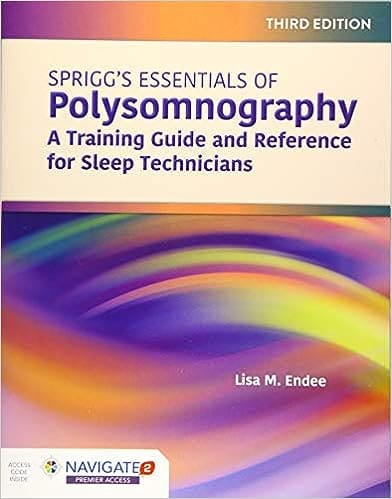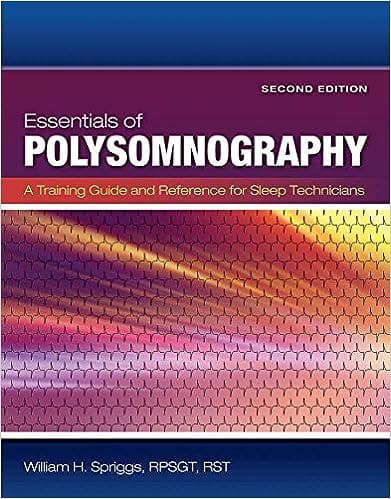Definition
Polysomnography is a type of sleep study that diagnoses sleep disorders by recording brain waves, oxygen levels in the blood, heart rate, and eye and leg movements during sleep.
Expanded Explanation
- Healthcare professionals use polysomnography as a comprehensive procedure to identify sleep disorders
- This technique aids in the diagnosis of conditions like sleep apnea, insomnia, restless legs syndrome, and narcolepsy.
- It involves the use of equipment to monitor different physiological parameters while a person sleeps.
Importance
Polysomnography is crucial in the field of sleep medicine. It helps in diagnosing conditions like sleep apnea, insomnia, restless legs syndrome, narcolepsy, and other sleep-related disorders. The data obtained from this test aids healthcare professionals in developing an effective treatment plan for patients.
Context and Usage
- Sleep medicine professionals supervise polysomnography in a sleep lab.
- Patients typically spend the night in the lab for monitoring.
- During sleep, the professionals monitor various physiological parameters such as brain waves, blood oxygen levels, heart rate, and eye and leg movements.
Examples
- Example 1: In the diagnosis of sleep apnea, polysomnography monitors the patient’s breathing patterns. If there are significant disruptions in breathing during sleep, it suggests the presence of sleep apnea.
- Example 2: For patients experiencing excessive daytime sleepiness, polysomnography helps determine if narcolepsy is the cause.
Understanding Polysomnography
A common misunderstanding about polysomnography is that it’s uncomfortable and can disrupt sleep. However, Sleep labs are intentionally designed for comfort. The non-invasive sensors used are designed to cause minimal discomfort.
Related Glossary Terms
- Continuous Positive Airway Pressure (CPAP): Healthcare professionals often recommend this common treatment for sleep apnea based on the results of a polysomnography.
- Insomnia: Polysomnography can diagnose this sleep disorder characterized by difficulty falling or staying asleep.
Visual and Reading Aids
External Resources
- American Academy of Sleep Medicine: Palmetto GBA revises local coverage determination for polysomnography
- National Sleep Foundation: Max Hirshkowitz, PhD, Receives National Sleep Foundation’s Lifetime Achievement Award
Related Articles From Sunnydaysgo.com
- Polysomnographie: Your Ultimate Guide to Achieving Restful Sleep: Explore the role of polysomnography in diagnosing sleep disorders and learn how this comprehensive sleep study can guide you towards achieving restful sleep.
- Boost Your Sleep Quality: What is a Level 3 Sleep Study?: Explore the essentials of a Level 3 Sleep Study, understand its process, and learn how it can help improve your sleep quality.
Affiliate Links Disclosure:
This post contains affiliate links, meaning I may earn a commission if you click and make a purchase at no additional cost to you. As an affiliate for Amazon, ClickBank, and other affiliate programs, I may be compensated if you buy products or services through my recommendations. Please know that I only promote products I trust and believe will be valuable to my readers.

